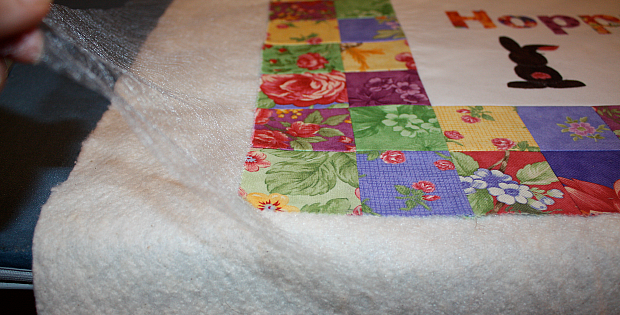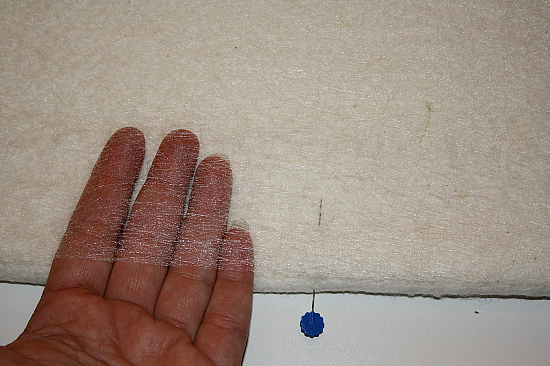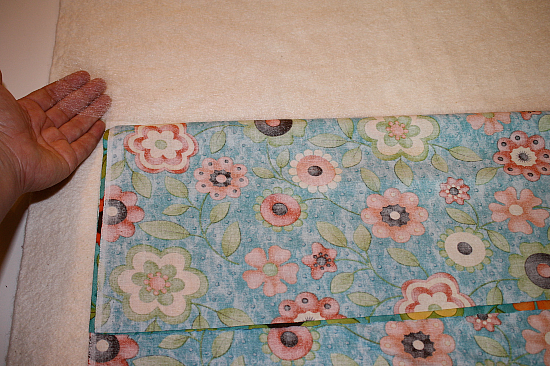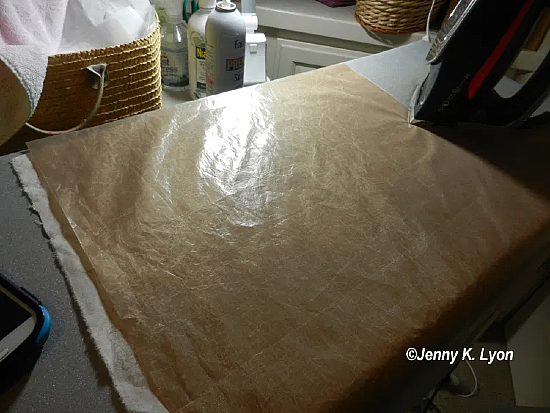How to Baste a Quilt Without Pins, Spray or Stitching

It’s Quick, Easy, and Yields Great Results!
Are you tired of pin-basting your quilts? Or of hand-basting with large stitches? Does the idea of using an adhesive spray leave you cold? Here’s a technique that may be perfect for you and your quilts.
Quilters who have tried basting with Mistyfuse often become hooked and never turn back. It’s a quick, simple process that can yield a perfectly basted quilt quickly.
Mistyfuse is a two-sided fusible web that is spiderweb thin. It does not make fabric stiff or change how it drapes. In fact, once your quilt is quilted, you won’t even know it’s there.
Plus, you can sew through it without gumming up your needle or otherwise harming your machine.
For small quilts, simply spread Mistyfuse on the batting, add the quilt back, and fuse the two layers together with an iron. Flip that over and do the same to fuse the top to the other side of the batting. Voila. You’re ready to quilt. Bradie Sparrow shows how it’s done in the following article.
Larger quilts are layered using a similar process, although you’ll probably need to fuse both the top and backing in sections. You’ll find an excellent process for doing so in another article by Bradie Sparrow.
Another way to use Mistyfuse, and a more economical one, is to tear or cut Mistyfuse into little squares. Lay them on the batting in a grid (4″ – 6″ apart is recommended). Use a silicone pressing sheet or even parchment paper to fuse the squares to the batting.
Then spread the backing over the batting and press to fuse it into place. Flip that over and do the same thing to fuse the quilt top to the batting. Jenny K. Lyon shows how she does it in the following article.
Judy Coates Perez uses sheets of Mistyfuse to fuse the top to the batting and small squares to tack the backing to the back of the batting. Learn more at the following article.
You’ll find Mistyfuse and pressing sheets at the links below.
- Mistyfuse
- Goddess Sheets – preferred by Jenny K. Lyons who says “It looks like any other fusing sheet but it actually transfers heat better and faster than the others.”
- Silicone and Teflon Pressing Sheets
- Parchment Paper














